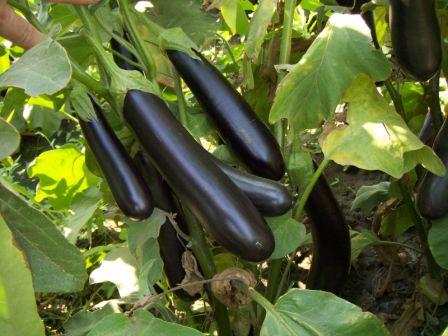 Eggplants came to us from India, these warm and moisture-loving plants are difficult to grow, and not every gardener copes with them. But if you already manage to grow them on your plot and receive a worthy crop - you are an ace! In the northern regions, eggplant cultivation is practiced in a polycarbonate greenhouse - this is the most reliable option to get an excellent crop and create the necessary conditions for plants. By the way, find out how you can grow eggplant with peppers and tomatoes.
Eggplants came to us from India, these warm and moisture-loving plants are difficult to grow, and not every gardener copes with them. But if you already manage to grow them on your plot and receive a worthy crop - you are an ace! In the northern regions, eggplant cultivation is practiced in a polycarbonate greenhouse - this is the most reliable option to get an excellent crop and create the necessary conditions for plants. By the way, find out how you can grow eggplant with peppers and tomatoes.
What varieties are suitable for greenhouses
For beginners, experienced gardeners should start their hobby for aubergines with low bushes from early varieties, for the middle lane - an excellent option. Of the newly introduced hybrids, it is advised to take a closer look at the varieties: “Robin Hood”, medium-early eggplants “Filimon” and “Dolphin”, “Gavrosh”, “Hippo”, “Pelican” and “Sancho Panza” are suitable. Everywhere, gardeners of the "Black Beauty" are successfully grown, and Almaz also showed excellent results.
The nuances of growing eggplant
Starting to grow eggplants, keep in mind that they are “slow-witted”, their term from planting seeds to harvesting can be from 100 to 130 days, so you need to set planting dates so that you can harvest before frosts. This culture is tropical, so it does not tolerate cold at all, drafts are destructive for it, high humidity and dry soil can cause a total loss of crop. They are also very susceptible to all kinds of diseases and virus attacks, so the soil must be disinfected, as well as the seeds themselves, watering and top dressing must be competent in order to grow strong plants that will be more resistant to all kinds of misfortunes.
Keep track of the temperature in the greenhouse - you need to manage to keep it within - 25-28 degrees, ventilate the greenhouse to avoid excessive humidity, but - open the forms only on one side, in order to avoid destructive for blue drafts. The greenhouse should be well lit, eggplants love the light, cannot stand the shadow, in shaded places you will get small fruits. Also make sure that the plantings are not thickened and obscured by each other. Watering is necessary so that the soil is moist and the air dry.
Soil preparation
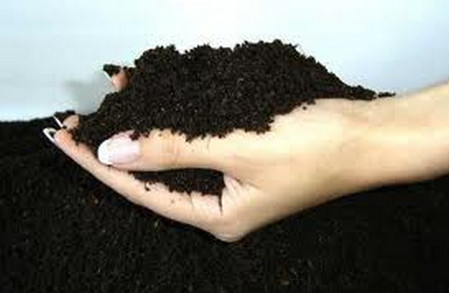
You need to start in the fall. Remove all plant debris, disinfect with potassium permanganate solution, dig. Fertilize in the form of humus and sod land, and some complex fertilizers. In no case do not plant eggplant after tomatoes, peppers and potatoes, so as not to transfer pests to the eggplant, which they all suffer from. To improve the soil, you can add a mixture of superphosphate, wood ash, and it would be nice - potassium sulfate with the addition of urea. See more on the dates of planting seedlings in greenhouses.
Spring - seed preparation
If you have already selected seeds of certain varieties, or have stocked your own, it is time to prepare them for planting. This is approximately the end of February-beginning of March. The easiest way is to soak them in warm water, as they hatch, drop them into peat or plastic cups of 2-3 seeds. If the seeds are not hybrids, pickled, you must first soak them for half an hour in a solution of potassium permanganate, rinse, and then lay them on germination. To accelerate growth, take a solution of boric acid (0.5 g diluted in a liter of water and treat the seeds). Then put it in the ash solution for a day (2 tablespoons per liter of water - only well warm). Ideal or Epin-Extra is also suitable for this purpose.
Cover with foil and leave for 2 weeks, watering first after 2 days, then after 5 days, moreover, every time in the morning. As they grow up, leave one strong sprout, pinch the rest. Highlight seedlings with lamps, otherwise it will not grow.
Greenhouse preparation
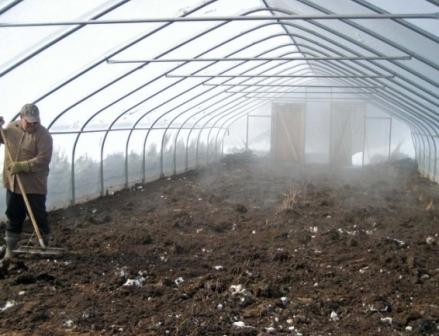
While the sprouts are getting stronger and gain strength - we are preparing a polycarbonate greenhouse. We wash the walls with a soft cloth (you can not use hard brushes or abrasive materials, you can damage the protective layer of the greenhouse). As the seedlings are reached up to 20 cm with 5-7 leaves - you can move them into the greenhouse. Spill the soil before this, preferably with a solution of potassium permanganate, to still disinfect. Do the holes at least 40 cm from each other, root neck deep into 1 cm, not more, deepen. The temperature when planting in the greenhouse should be at least 25 degrees, at 15 they will not rise, and even lower temperature will completely destroy them.
Watering and feeding seedlings
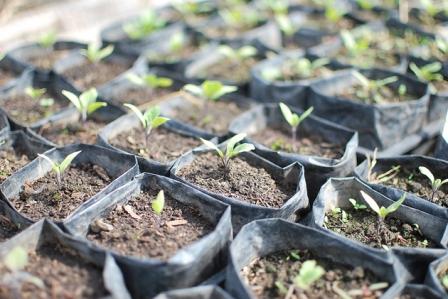
After 5 days, the plant should be watered, moreover, watered so as to moisten the soil up to 20 cm in depth. Watered in the morning - in the evening, loosen. Only carefully, given that the roots of eggplant are highly located.
After 2 weeks you need to feed the blue ones. Take azofoska in a quantity of 3 tablespoons, dilute in 10 liters and pour 0.5 liters under a bush. You can use mineral complexes such as "Ideal" or "Effect" If you do not plan to constantly mess around with plants and feed them - make it easier. When planting in the wells, put a pinch of AVA fertilizer. When the seedlings will grow and develop, once in 1.5 weeks, water the herbal mash, when the fruits begin to form - connect the foliar top dressing in the form of a complex of microelements. Pollination will help "Bud" or a solution of boric acid. Eggplants self-pollinate, they do not need bees, but help is needed. In the morning, gently shake the bushes, helping pollen. Find out, when to plant tomatoes in polycarbonate greenhouses.
Eggplant Disease
In order to prevent plants, proper care is needed that will relieve many diseases - proper watering, necessary humidity, stable temperature, ventilation without drafts, top dressing, garter, pinching, then they get less sick, plants are strong and resistant to pests. It is also good to spray milk (liter per bucket of ten-liter water). High humidity can cause trouble in the form of late blight, the lack of useful elements also affects the appearance and health of plants.
For example, flowers fall off from a lack of boron, leaves turn yellow from a lack of magnesium, leaves become patterned - the plant requires manganese. We need to remember the scheme - for the plants to grow strong, first they are fed with nitrogen, and how to begin to bloom and bear fruit - they add potassium and phosphorus. Watering with cold water is excluded; after watering, loosening is mandatory after 10-12 hours so that the roots do not experience oxygen starvation.
Given all these nuances, and taking proper care of the eggplant, you get an excellent harvest.
You may be interested in information: diseases of apple trees and their treatment photo.

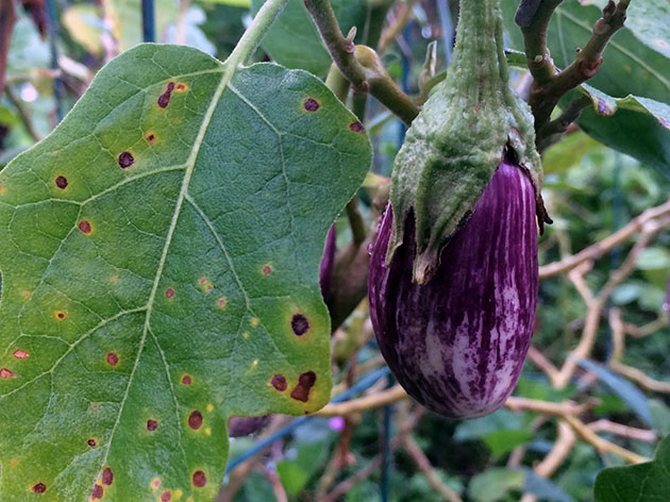
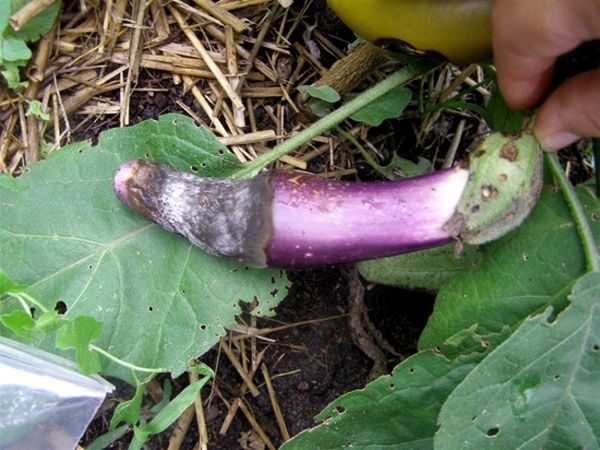
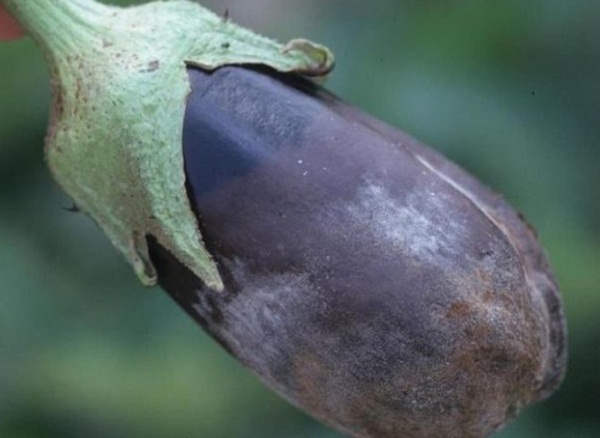
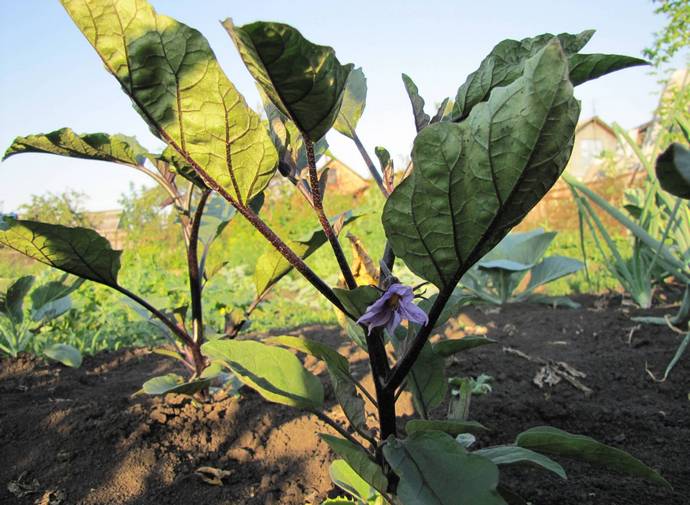 Eggplant have a empty flower? Save together with simple methods
Eggplant have a empty flower? Save together with simple methods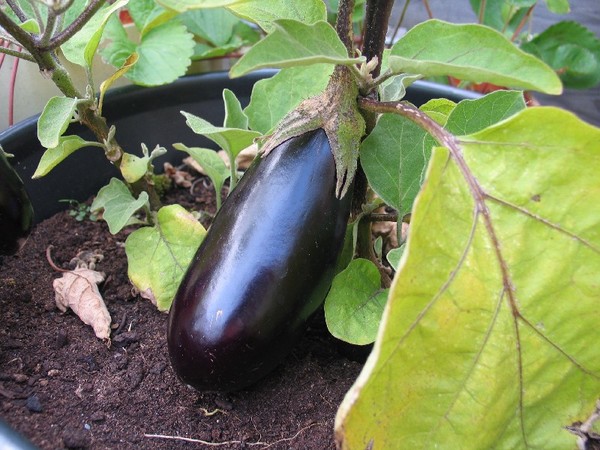 Why and what to do if the leaves turn yellow and wilt in the eggplant
Why and what to do if the leaves turn yellow and wilt in the eggplant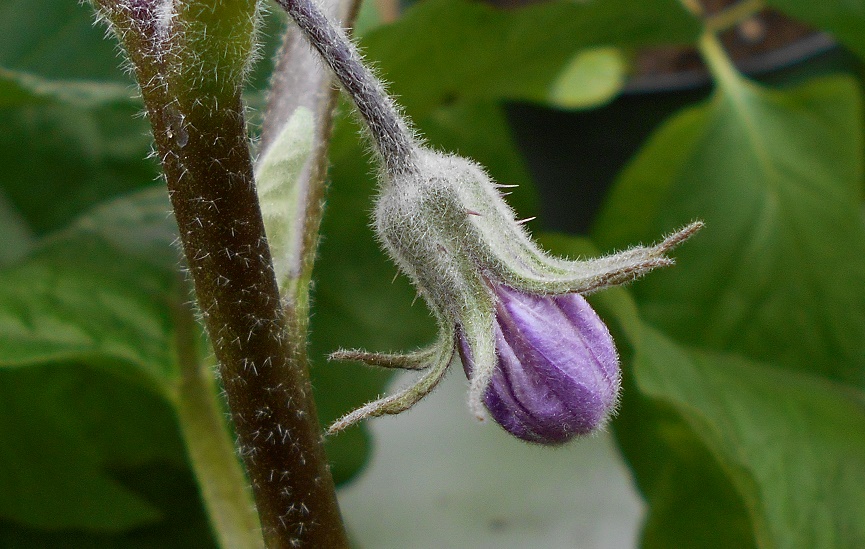 How to help eggplants to prevent flowers falling in the greenhouse?
How to help eggplants to prevent flowers falling in the greenhouse?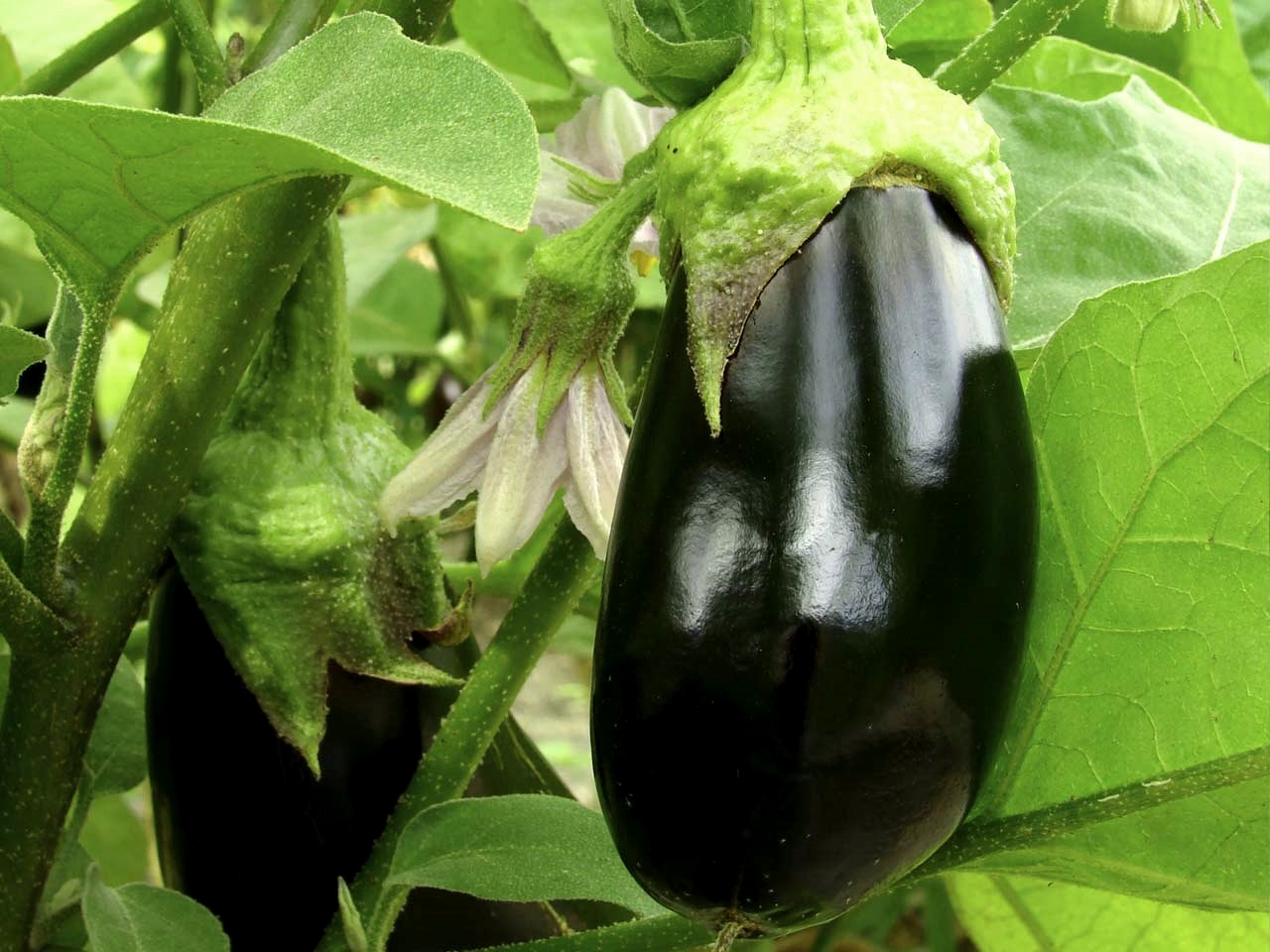 What to do to get a good eggplant crop in a greenhouse
What to do to get a good eggplant crop in a greenhouse